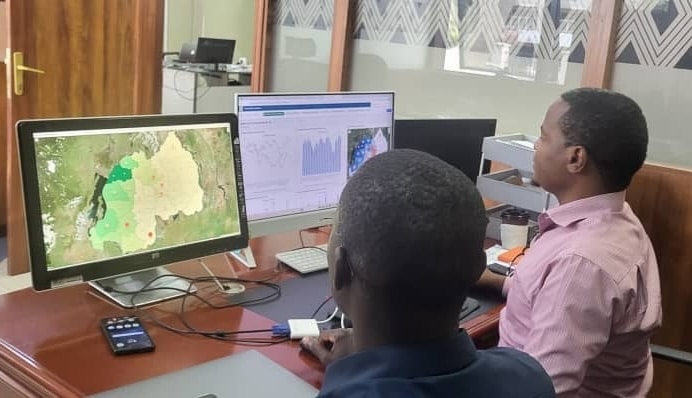The potential effects of climate change and related ecosystem disruptions are dramatic and wide-ranging, touching every part of life on our planet, including human health. In many health programs – such as infectious disease surveillance, maternal and child health, and nutrition and food security – health outcomes can be directly and indirectly impacted by environmental factors, including local climate variation and extreme weather events linked to global climate change. Urgent action is needed to protect at-risk communities and prevent negative health effects, particularly among populations most vulnerable to the impacts of climate change and variation on population health. Planning and prioritizing that action requires accurate and actionable data on the specific correlations between climate and environmental factors and health outcomes.
To help strengthen the climate resilience of national health systems, DHIS2 for Climate & Health aims to enhance existing DHIS2 systems through the integration of climate, weather, environmental, and earth observation data; the development of Climate & Health analytical and modeling tools; and the design of data visualizations and dashboards to support effective and timely analysis and decision making in response to climate-sensitive health risks.
Are you interested in using DHIS2 for Climate & Health? Get in touch with us at climate@dhis2.org
To get involved in our technical work on predictive modeling and climate-sensitive disease forecasting, visit our Chap Modeling Platform wiki on GitHub.






